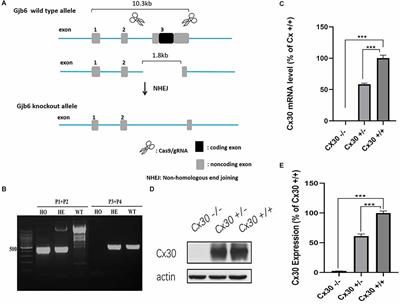EDITORIAL
Published on 10 Jun 2022
Editorial: Hearing Loss: From Pathogenesis to Treatment
doi 10.3389/fncel.2022.907483
- 2,401 views
- 1 citation
20k
Total downloads
115k
Total views and downloads
EDITORIAL
Published on 10 Jun 2022
ORIGINAL RESEARCH
Published on 11 Apr 2022
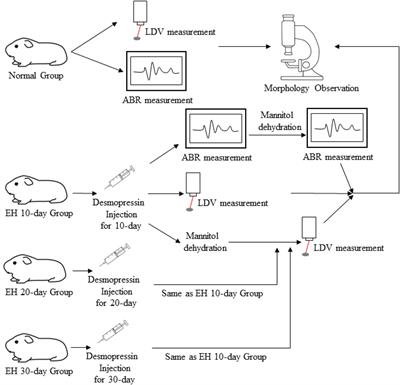
ORIGINAL RESEARCH
Published on 06 Apr 2022
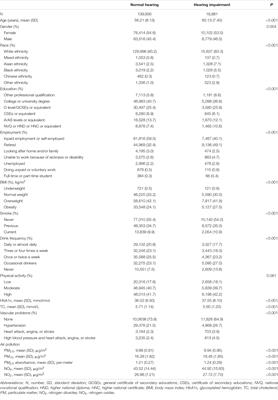
ORIGINAL RESEARCH
Published on 23 Mar 2022
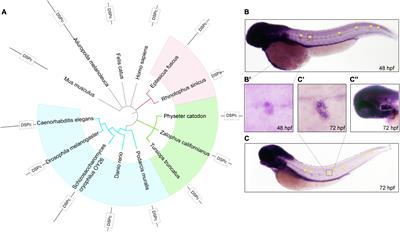
ORIGINAL RESEARCH
Published on 23 Mar 2022
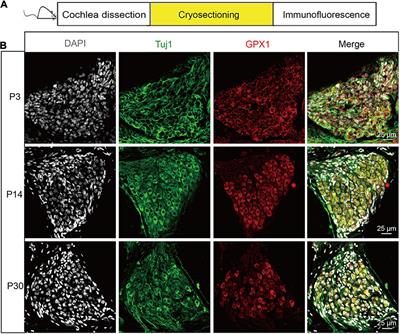
ORIGINAL RESEARCH
Published on 03 Mar 2022
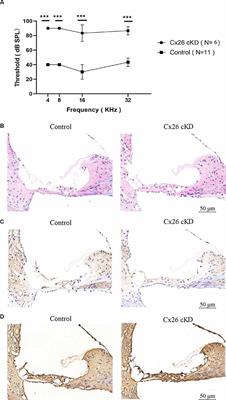
ORIGINAL RESEARCH
Published on 09 Feb 2022
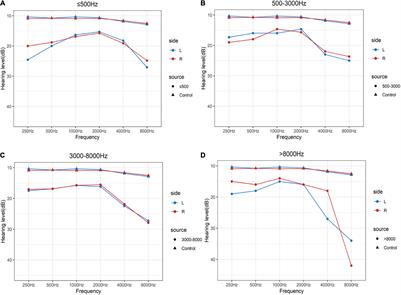
ORIGINAL RESEARCH
Published on 08 Feb 2022
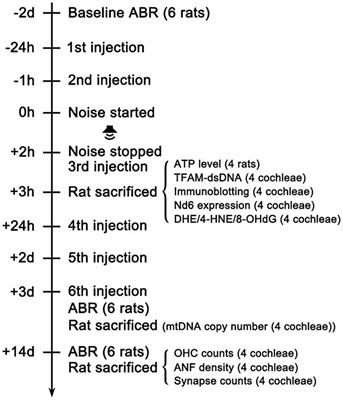
ORIGINAL RESEARCH
Published on 04 Feb 2022
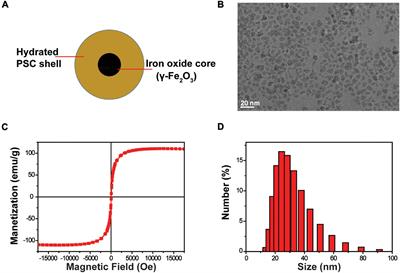
REVIEW
Published on 31 Jan 2022
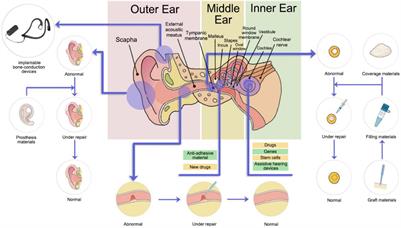
ORIGINAL RESEARCH
Published on 28 Jan 2022
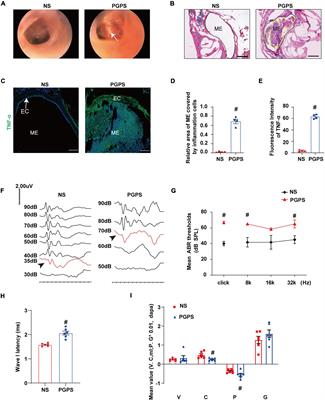
ORIGINAL RESEARCH
Published on 17 Jan 2022
